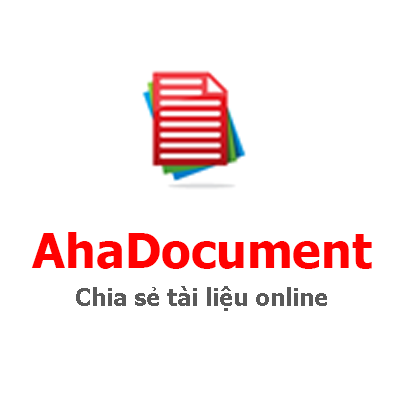PERIOD 1: REVISION
(Total: 1 lesson)
I. OBJECTIVES:
After the lesson, students will be able to….
- Knowledge:
- Revise and remember the main knowledge that they have learnt in grade 6 such as simple past tense, present perfect, comparison and superlative of long and short adjectives and some model verbs.
2. Abilities:
- Students can have basic knowledge about the simple past tense, perfect tense, comparison and superlative of long and short adjectives, some model verbs and develop individual, group, co-operation work and know how to plan their learning.
3. Qualities:
- Educate students to revise the lesson by themselves and love studying English.
II. TEACHING AIDS:
1. Teacher: Textbooks, teaching plan, worksheet.
2. Students: Books and notebooks.
III. TEACHING PROCEDURES:
New lesson :
T AND SS’ ACTIVITIES | MAIN CONTENTS |
Activity 1: Warm up * Aim: To attract Ss’ attention to the lesson and to lead in the new lesson. * Content: Ss know more information about England * Output: Ss can attract to the lesson. * Process: | |
Chatting: 1. Transfering the task: - Explain the requirement of the task to Ss. T may use the Qs: - How are you after a happy summer vacation? - Where have you been? - Have you revised anything about English 6? - Did you study the lesson last night? - You look bigger, taller and fatter last year, don’t you? - Give some information about England. 2. Doing the task: - Ss work individually to complete the task by saying out their ideas. 3. Reporting the result and discussing: - SS give their answers orally. 4. Giving the remarks to their doing the task: - T gives remarks and encouraging comments for significant ideas. | Suggested answer: - It located in North-west coast of Europe - It consists of four parts: England, Wales, Scotland and Ireland. - English is used all over the world in every aspect of life. - It’s an international language of every field: communication, trade, economic, cooperation...... |
Activity 2: Form the knowledge * Aim: Help Ss review some structures they have learnt in class 6 * Content: Ss retell the way to use the present tense, past simple tense, future tense. * Output: Ss can remember some grammar points they have learnt in class 6 * Process: | |
1.Transfering and giving the learning task - Ask Ss to repeat the tenses that they’ve learnt in grade 6. 2. Doing the task - Ss work in groups and discuss about the present perfect tense, simple past tense, future continuous tense. 3. Reporting the task result and discuss - Ss retell the form and the use of the tense. 4. Giving the remarks to their doing the task - T remarks and corrects if any - Ss take note. | Tense: a. Simple past tense. * Uses: - to retell an action in the past, retell a story or a chain of actions. * Form: - Be: is, am => was; are => were - Verbs: (+) S + V-ed . (-) S + didn’t + V ? (?) Did + S + V ? ? W-H + did + S + V ? * Adverbs: yesterday , … ago, last , in ... b. Perfect present. * Uses: express an action happening in the past till the present even occur in the future. * Form: (+) S + has/ have + PP. (-) S + has/have not + PP. (?) Has/ Have + S + PP? ? W-H + has/ have + PP? *Adverbs: since, for, yet, just, already, … c. Comparison and superlative of short and long adjectives. + Comparison: S1 + be + short adj + er + than + S2. S1 + be + more + long adjective + than + S2. + Superlative: S1 + be + the short adj + est + in/on/at + place. S1 + be + the most + long adj + in/on/at + place. d. Some model verbs: - will/ will not - can/ can not - will (not) be able to V - should/ should not - must/ must not - could/ could not |


.png)
